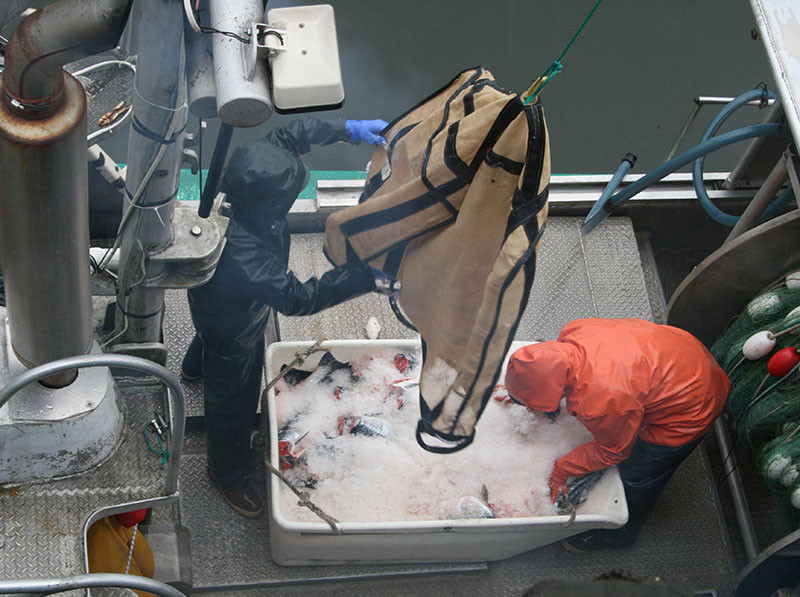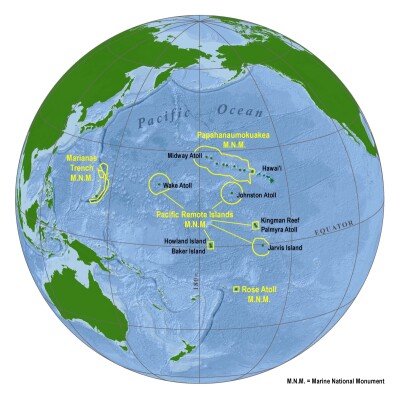On Thursday, July 15, the U.S. Department of Agriculture announced forthcoming protections for critical salmon habitat in Alaska’s Tongass National Forest.
The department’s new Southeast Alaska Sustainability Strategy, which includes a proposal to restore watershed protections for more than half of the forest’s 16.8 million acres, is touted by the department as helping to “support a diverse economy, enhance community resilience, and conserve natural resources.”
Tongass twisted: Alaska salmon habitat loses protections
“This approach will help us chart the path to long-term economic opportunities that are sustainable and reflect Southeast Alaska’s rich cultural heritage and magnificent natural resources,” said Department of Agriculture Secretary Tom Vilsack.
The Tongass National Forest provides critical habitat for 25 percent of the U.S. West Coast salmon catch and 80 percent of the commercial salmon harvest in Southeast Alaska. Twenty-six percent of jobs in the region come from tourism or commercial fisheries, which are supported by the forest and the 2001 Roadless Rule, according to the Department of Agriculture.
The Roadless Rule protected 9.2 million acres of the Tongass from the roads required for clearcut logging. In 2020, the Trump administration stripped those protections and reopened more than half of the forest to logging and industrial development. The decision ran contrary to feedback from public comment, in which 96 percent of commenters and more than 90 percent of rural subsistence commenters opposed removing the rule.
As a key part of the new strategy, USDA plans to initiate a rulemaking this summer that will propose to restore Roadless Rule protections for the Tongass National Forest, “returning stability and certainty to the conservation of 9.3 million acres of the world’s largest temperate old growth rainforest,” according to the department’s announcement.
“We see today’s announcement as a big win for our fisheries and maintaining a sustainable economy,” said Linda Behnken, executive director of the Alaska Longline Fishermen’s Association, based in Sitka.
The Tongass National Forest is the largest intact temperate rainforest in the world, representing nearly a third of the planet’s remaining old-growth temperate rainforests. It holds more biomass per acre than any other rainforest in the world and stores more carbon than any other national forest in the United States.
“We’re thrilled that this announcement recognizes how valuable the Tongass is, both to the people that live here and to the rest of the world,” said Mary Catharine Martin, communications director for SalmonState.







